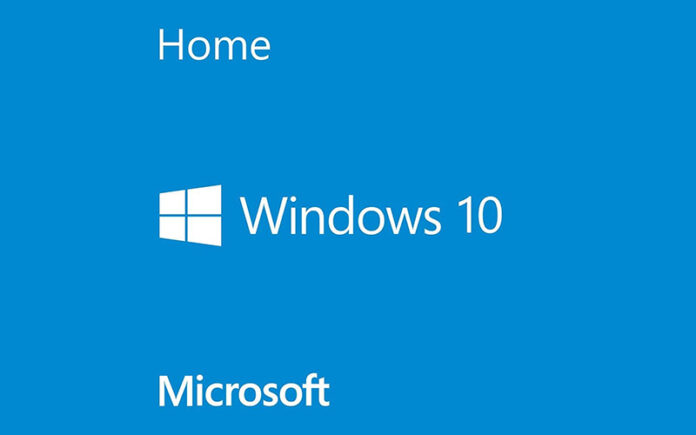Microsoft must be sighing with relief right now. The company’s aggressive plan to force users to switch to Windows 11 seems to be succeeding just in time; the end of Windows 10 is near, and if the growth of Windows 11 continues at this rate, Microsoft is unlikely to change its mind.
When Microsoft announced the end of support for Windows 10 by October 14, 2025, it was abandoning the world’s most widely used computer operating system. What seemed crazy made perfect sense, as the company prefers users to make the leap to Windows 11, where it has more opportunities to profit, such as with subscriptions to Microsoft 365 and Copilot.
But Microsoft was taking a big risk with this decision; it was possible to repeat the history of Windows XP, which continued to receive updates until a decade after the official end of support because it was still present in millions of computers. However, it seems that Microsoft has hit the nail on the head and that its tactics are working.
And the fact is that Windows 11’s market share has skyrocketed in the last two months to the point where it is closing in on Windows 10; specifically, Windows 11 gained a 42.69% share last March, while Windows 10 dropped to 54.2%, according to Statcounter data. While still nowhere near overtaking its predecessor, Windows 11 is in a better position than it was at the end of 2024, when Windows 10 even gained market share, with a peak of 62.7% share.
It is not yet certain that Windows 11 can keep up this pace, but if it does, it would not be surprising if it became the most used computer operating system in May or even April. In other words, users are finally embracing Windows 11, and there are many reasons why they have done so, although not all of them are positive.
On the one hand, users upgrading to the latest system should not be a surprise, considering that it is a free upgrade and that Windows 11 already comes pre-installed on most computers sold to the general public. What is really strange and surprising is that the old system is gaining users. But behind this massive migration is more than just a simple equipment renewal.
It’s no secret that Microsoft has become more aggressive with Windows 11 upgrades, practically forcing users to take the plunge, whether they want to or not, from constant advertisements to advice of dubious usefulness, such as the suggestion that Windows 11 can run faster on your computer, something that doesn’t have to be true since the new system’s requirements are more demanding.
However, it should be noted that even if Windows 11 suddenly becomes successful, it will never be able to attract all Windows 10 users. One reason is simple: Many Windows 10 computers cannot run Windows 11 because of the aforementioned requirements, such as the obligation to have a TPM chip on the motherboard. Therefore, it is expected that when it arrives next October, Windows 10 will still have millions of users; however, if the share is low enough, Microsoft will have a perfect excuse to abandon them.
